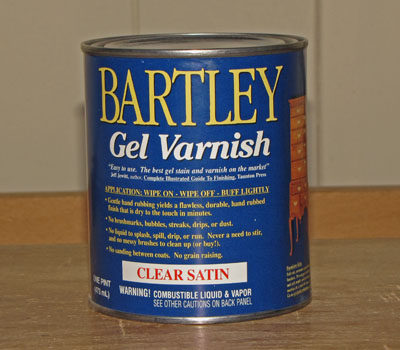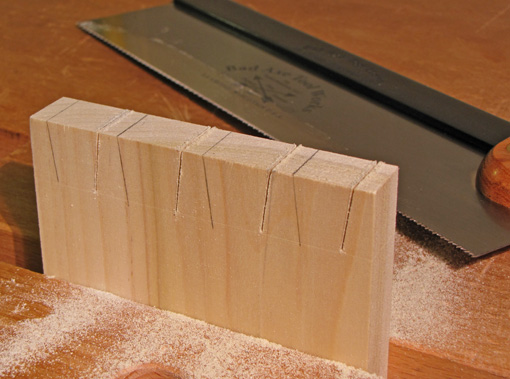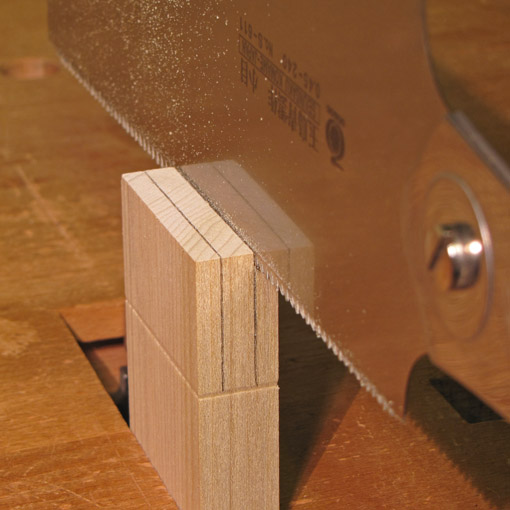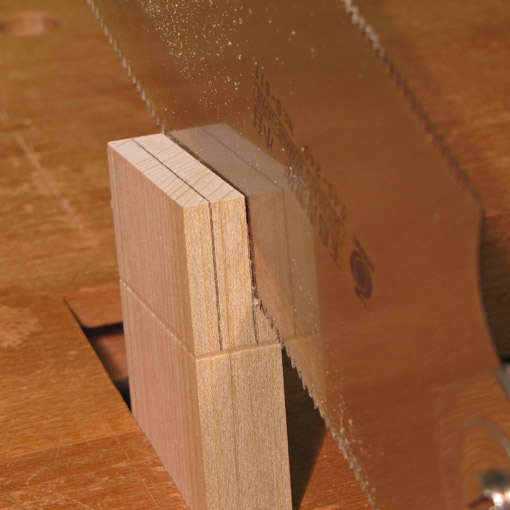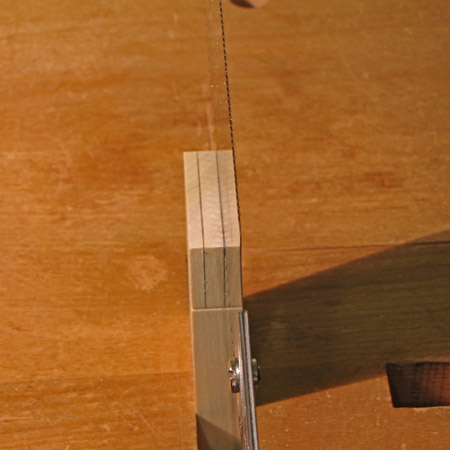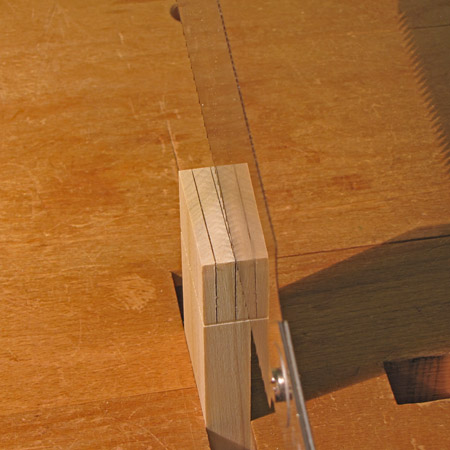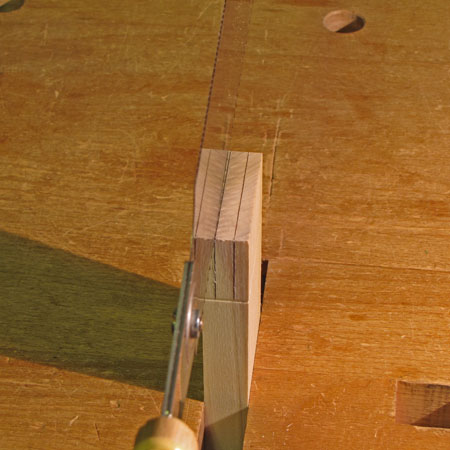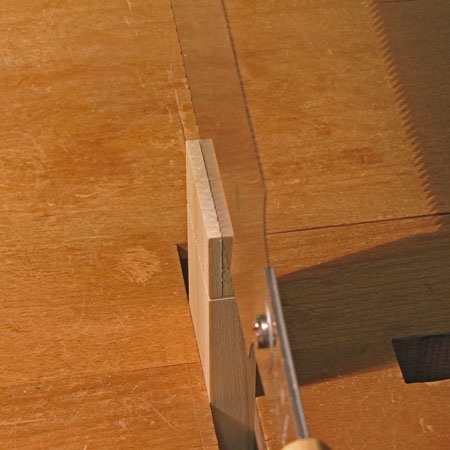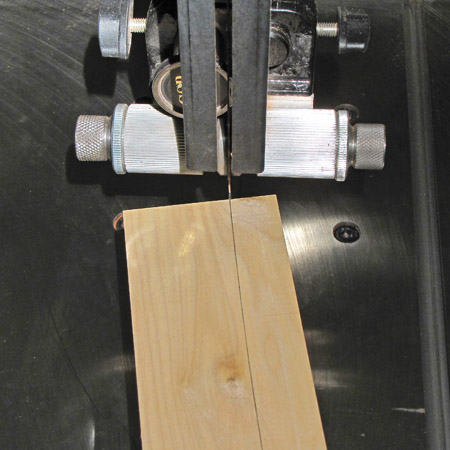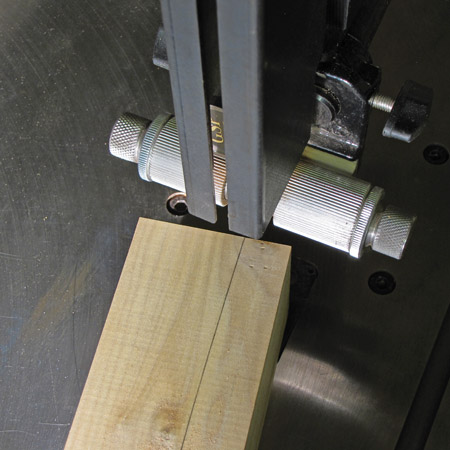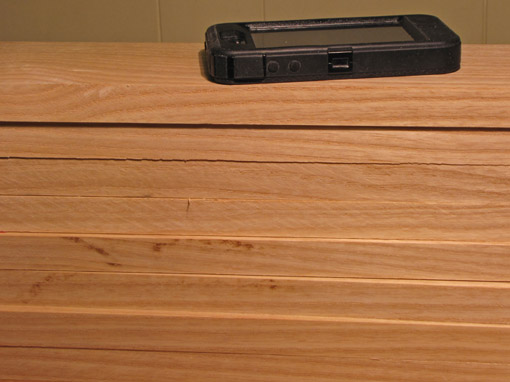
With over a half million apps available for the iPhone, surely there must be plenty of value to woodworkers. So I had hoped, but my search, while not exhaustive, has been generally disappointing. There are lots of apps for DIYers and contractors, but few of real value to small shop furniture makers. Some of the woodworking apps aren’t worth even their small cost, some are mostly designed to market in-app purchases, some directed at novice woodworkers give little truly useful information, and some just do not work well.
Here are some notable exceptions that I recommend.
The Woodshop Widget lists movement and hardness values for 288 wood species using data mostly from the US Forest Products Laboratory. You can easily calculate the change in width of flatsawn, rift, and quartered boards over a range of humidity that you specify. Also included are a board-feet calculator and several other handy functions. Its $3.99 price is about the most I can bring myself to spend on an app but this one is worth it.
Board Feet Easy Calculator does one job, does it well, and is free.
WoodworkerCalc, $0.99, is primarily a very handy fractional calculator designed for the fractions woodworkers use. I find it is faster, easier, and less mistake-prone in use than my old dedicated fractional calculator. It allows you to set the precision of fractions (e.g., to 1/32 or 1/64) and decimals. It contains a few other functions including, of course, a board-feet calculator.
Woodworking with the Wood Whisperer is a free companion app to Marc Spagnuolo’s website. The app gives you access to hundreds of videos, audio podcasts, the WoodTalk online forum, articles, and much more. The well-produced videos are not only informative, but also enjoyable because Marc is a gifted communicator with an engaging, likeable style.
Readers, if you’ve found other worthwhile apps to add to this list, please feel free to comment.

